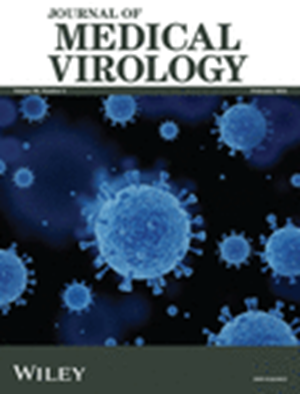Analysis of Blood Microbiome From People Living With HIV and Donors by 16S rRNA Metagenomic Sequencing
Abstract
Utilize 16S rRNA sequencing technology to characterize bacterial species susceptible to people living with HIV (PLWH) across different stages. This mapping aims to establish a foundational framework for preventing secondary HIV infections, prolonging patient survival, enhancing quality of life, and advancing the diagnosis, treatment, and research of bacterial co-infections. In this study, we classified the participants into three groups: The blood of donors living with HIV (DI group), AIDS patients who have received ART treatment (PI group), and healthy blood donors as the control group (DH group). Each group was divided into three parallel subgroups, with 30 samples pooled from each parallel group for plasma extraction. As initial processing steps, the nine parallel subgroups were subjected to nucleic acid extraction and PCR amplification targeting the 16SV34 region. The resulting amplified products were subsequently forwarded to a sequencing company. It can be seen from the Venn diagram that the DI groups showed significantly higher bacterial diversity than the PI group and the DH group. The PI group had lower bacterial relative abundance and diversity compared to the DI group, with a community structure more similar to the control group. The DI group is particularly susceptible to several significant pathogens, including Ralstonia, Pseudomonas, Acinetobacter, Methyloversatilis, and Vibrio. The study revealed a greater quantity and diversity of bacteria in the DI blood compared to the PI and DH groups. This observation may be attributed to PI group patients in this study being hospitalized and receiving treatment.

 求助内容:
求助内容: 应助结果提醒方式:
应助结果提醒方式:


